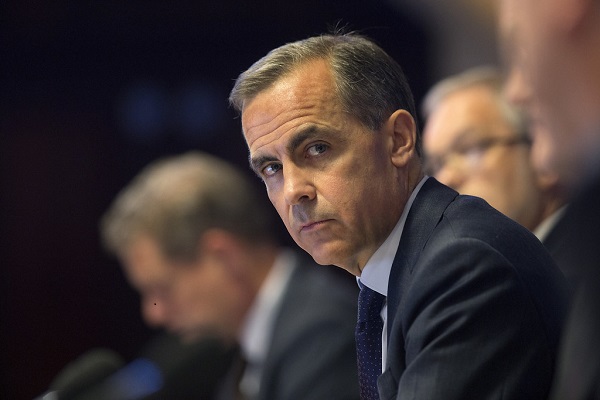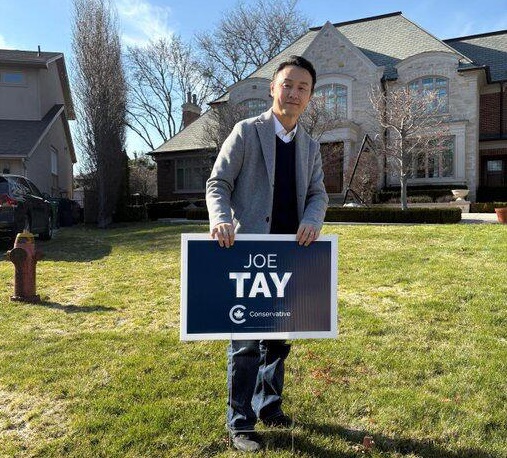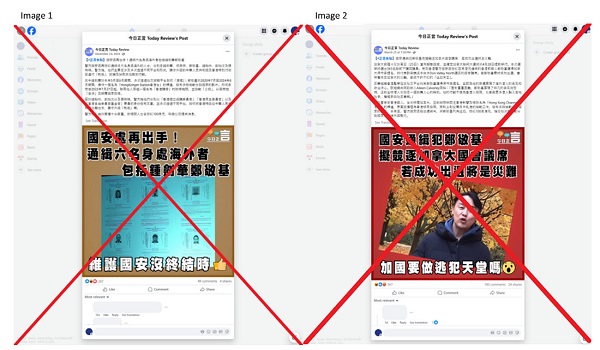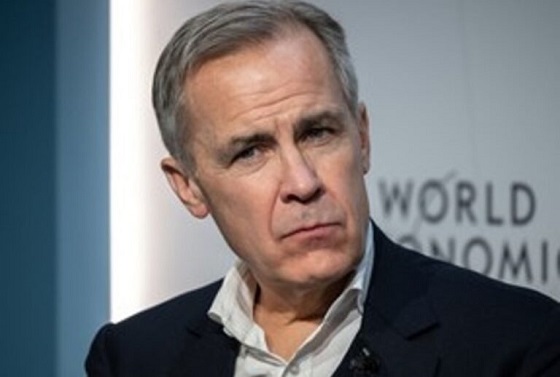COVID-19
British Columbia finally drops COVID vaccine mandate for healthcare workers
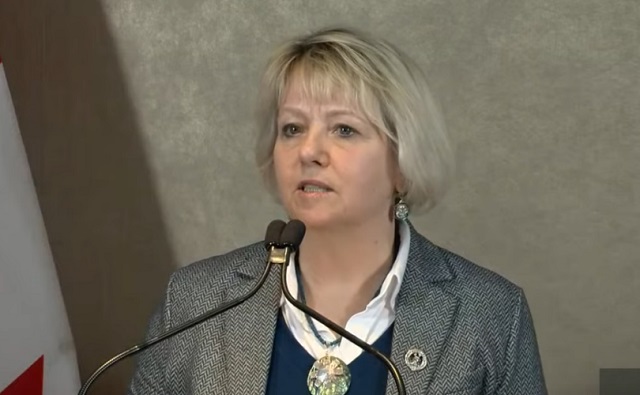
From LifeSiteNews
British Columbia has finally lifted its COVID vaccine mandate for healthcare workers, just now conceding that the province is no longer under a ‘public health emergency.’
The province of British Columba has finally dropped its COVID vaccine mandate for healthcare workers, allowing some 2,000 unvaccinated persons to return to work.
In a July 26 press release, B.C. Provincial Health Officer Dr. Bonnie Henry announced that the province is no longer in a public health emergency and is revoking all COVID regulations, including the vaccine mandate which has been enforced since 2021.
“While COVID-19 is not gone, we now have high levels of protection in the health-care system and in communities throughout B.C.,” she said.
“We are now at the point where I am confident, we can continue to manage COVID-19 without the need for the public-health emergency,” Henry added.
“All remaining Provincial Health Officer Orders are rescinded,” Henry promised, meaning that unvaccinated healthcare workers who have been blocked from working since 2021 can finally return. British Columbia is the last province to drop their vaccine mandate.
However, along with Henry’s announcement, the provincial government announced that it is creating “a vaccine registry,” forcing all health care workers to disclose their vaccination status to their employer.
“Moving forward, all health-care workers in public health-care facilities must report their immunization for COVID-19 and influenza and their immune status for other critical vaccine preventable diseases,” reads a July 26 press release.
“By shifting to a new requirement for health-care workers to report their immune status for key vaccine preventable diseases including COVID-19, we are continuing to take actions that keep people safe, support a healthy workforce, and a strong health-care system,” Health Minister Adrian Dix claimed.
Henry’s decision to drop the COVID vaccine mandate comes just eight days after Conservative MLA John Rustad promised to rescind B.C.’s vaccine mandate public health order if elected as premier.
“Bonnie Henry has lifted mandates for healthcare workers because Eby’s radical NDP is worried about the coming election,” Rustad posted on X.
Bonnie Henry has lifted mandates for healthcare workers because Eby’s radical NDP is worried about the coming election.
Meanwhile, patients here in Prince Rupert have died in hallways waiting for a doctor.
It shouldn’t take an election to hire back healthcare workers. #bcpoli pic.twitter.com/woRo0vyTBO
— John Rustad (@JohnRustad4BC) July 26, 2024
“Meanwhile, patients here in Prince Rupert have died in hallways waiting for a doctor,” he continued. “It shouldn’t take an election to hire back healthcare workers.”
Indeed, Henry has been determined to keep British Columbia’s vaccine mandate regardless of the hundreds of health care workers who have been unable to work since 2021.
In May, Henry’s mandate was challenged in court. The judge ruled that healthcare workers can still be mandated to receive the experimental COVID injections as a condition of employment, but decided that those working remotely are no longer bound by the unscientific rule.
Hundreds of British Columbia healthcare workers are still suing Henry over the mandate which prevented them from working.
2025 Federal Election
Conservatives promise to ban firing of Canadian federal workers based on COVID jab status
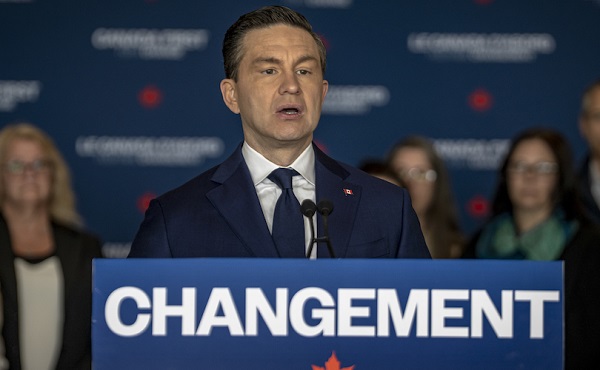
From LifeSiteNews
The Conservative platform also vows that the party will oppose mandatory digital ID systems and a central bank digital currency if elected.
Pierre Poilievre’s Conservative Party’s 2025 election platform includes a promise to “ban” the firing of any federal worker based “solely” on whether or not they chose to get the COVID shots.
On page 23 of the “Canada First – For A Change” plan, which was released on Tuesday, the promise to protect un-jabbed federal workers is mentioned under “Protect Personal Autonomy, Privacy, and Data Security.”
It promises that a Conservative government will “Ban the dismissal of federal workers based solely on COVID vaccine status.”
The Conservative Party also promises to “Oppose any move toward mandatory digital ID systems” as well as “Prohibit the Bank of Canada from developing or implementing a central bank digital currency.”
In October 2021, the Liberal government of former Prime Minister Justin Trudeau announced unprecedented COVID-19 jab mandates for all federal workers and those in the transportation sector. The government also announced that the unjabbed would no longer be able to travel by air, boat, or train, both domestically and internationally.
This policy resulted in thousands losing their jobs or being placed on leave for non-compliance. It also trapped “unvaccinated” Canadians in the country.
COVID jab mandates, which also came from provincial governments with the support of the federal government, split Canadian society. The shots have been linked to a multitude of negative and often severe side effects, such as death, including in children.
Many recent rulings have gone in favor of those who chose not to get the shots and were fired as a result, such as an arbitrator ruling that one of the nation’s leading hospitals in Ontario must compensate 82 healthcare workers terminated after refusing to get the jabs.
Beyond health concerns, many Canadians, especially Catholics, opposed the injections on moral grounds because of their link to fetal cell lines derived from the tissue of aborted babies.
COVID-19
RFK Jr. Launches Long-Awaited Offensive Against COVID-19 mRNA Shots
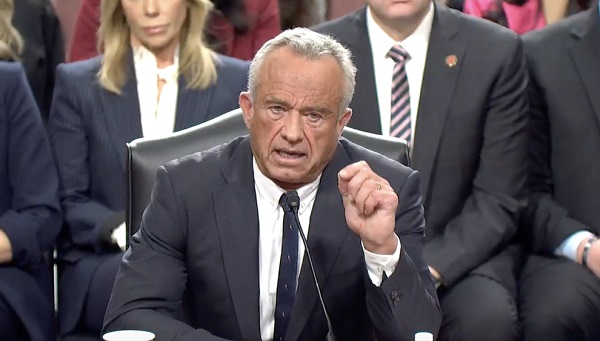
 Nicolas Hulscher, MPH
Nicolas Hulscher, MPH
As millions of Americans anxiously await action from the new HHS leadership against the COVID-19 mRNA injections—injected into over 9 million children this year—Robert F. Kennedy Jr. has finally gone publicly on the offensive:
Let’s go over each key point made by RFK Jr.:
The recommendation for children was always dubious. It was dubious because kids had almost no risk for COVID-19. Certain kids that had very profound morbidities may have a slight risk. Most kids don’t.
In the largest review to date on myocarditis following SARS-CoV-2 infection vs. COVID-19 vaccination, Mead et al found that vaccine-induced myocarditis is not only significantly more common but also more severe—particularly in children and young males. Our findings make clear that the risks of the shots overwhelmingly outweigh any theoretical benefit:
The OpenSAFELY study included more than 1 million adolescents and children and found that myocarditis was documented ONLY in COVID-19 vaccinated groups and NOT after COVID-19 infection. There were NO COVID-19-related deaths in any group. A&E attendance and unplanned hospitalization were higher after first vaccination compared to unvaccinated groups:
So why are we giving this to tens of millions of kids when the vaccine itself does have profound risk? We’ve seen huge associations of myocarditis and pericarditis with strokes, with other injuries, with neurological injuries.
The two largest COVID-19 vaccine safety studies ever conducted, involving 99 million (Faksova et al) and 85 million people (Raheleh et al), confirm RFK Jr.’s concerns, documenting significantly increased risks of serious adverse events following vaccination, including:
- Myocarditis (+510% after second dose)
- Acute Disseminated Encephalomyelitis (+278% after first dose)
- Cerebral Venous Sinus Thrombosis (+223% after first dose)
- Guillain-Barré Syndrome (+149% after first dose)
- Heart Attack (+286% after second dose)
- Stroke (+240% after first dose)
- Coronary Artery Disease (+244% after second dose)
- Cardiac Arrhythmia (+199% after first dose)
And this was clear even in the clinical data that came out of Pfizer. There were actually more deaths. There were about 23% more deaths in the vaccine group than the placebo group. We need to ask questions and we need to consult with parents.
Actually, according to the Pfizer’s clinical trial data, there were 43% more deaths in the vaccine group compared to the placebo group when post-unblinding deaths are included:
We need to give people informed consent, and we shouldn’t be making recommendations that are not good for the population.
Public acknowledgment of the grave harms of COVID-19 vaccines signals that real action is right around the corner. However, we must hope that action is taken for ALL age groups, as no one is spared from their life-reducing effects:
Alessandria et al (n=290,727, age > 10 years): People vaccinated with 2 doses lost 37% of life expectancy compared to the unvaccinated population during follow-up.
Epidemiologist and Foundation Administrator, McCullough Foundation
Please consider following both the McCullough Foundation and my personal account on X (formerly Twitter) for further content.
-
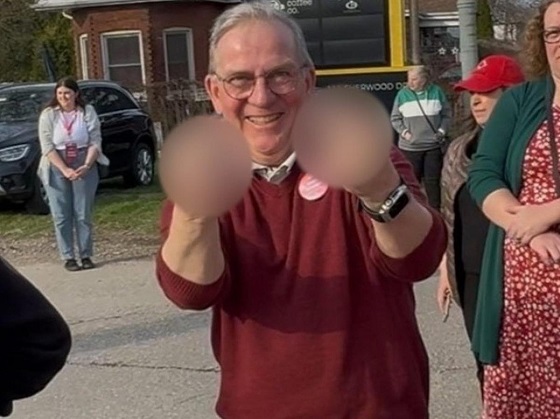
 2025 Federal Election2 days ago
2025 Federal Election2 days agoTrump Has Driven Canadians Crazy. This Is How Crazy.
-

 2025 Federal Election2 days ago
2025 Federal Election2 days agoThe Anhui Convergence: Chinese United Front Network Surfaces in Australian and Canadian Elections
-
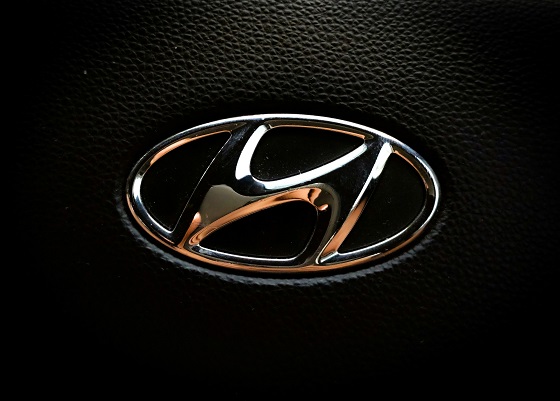
 Automotive1 day ago
Automotive1 day agoHyundai moves SUV production to U.S.
-

 Entertainment2 days ago
Entertainment2 days agoPedro Pascal launches attack on J.K. Rowling over biological sex views
-
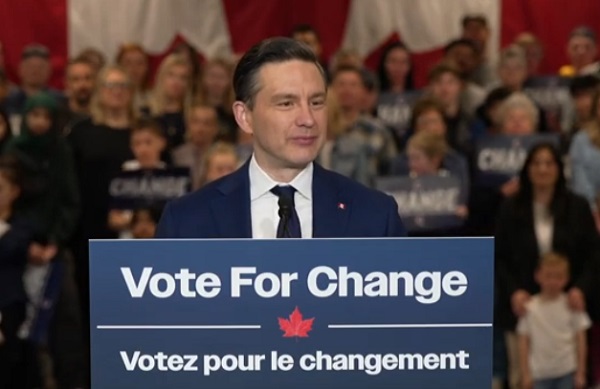
 2025 Federal Election1 day ago
2025 Federal Election1 day agoAs PM Poilievre would cancel summer holidays for MP’s so Ottawa can finally get back to work
-

 2025 Federal Election1 day ago
2025 Federal Election1 day agoPoilievre Campaigning To Build A Canadian Economic Fortress
-
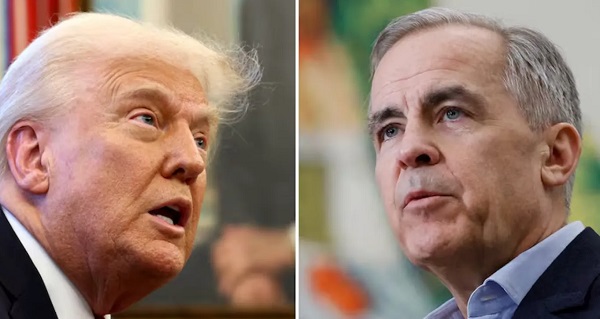
 2025 Federal Election2 days ago
2025 Federal Election2 days agoCarney Liberals pledge to follow ‘gender-based goals analysis’ in all government policy
-
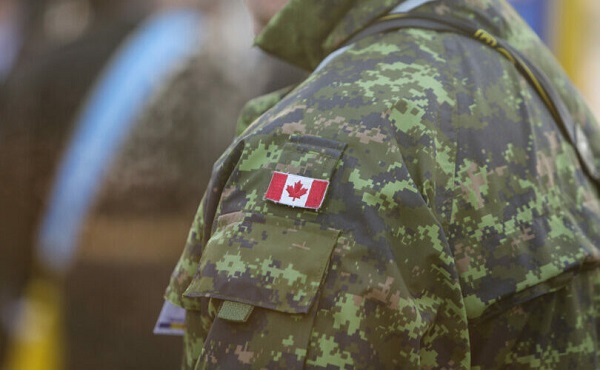
 armed forces14 hours ago
armed forces14 hours agoYet another struggling soldier says Veteran Affairs Canada offered him euthanasia







